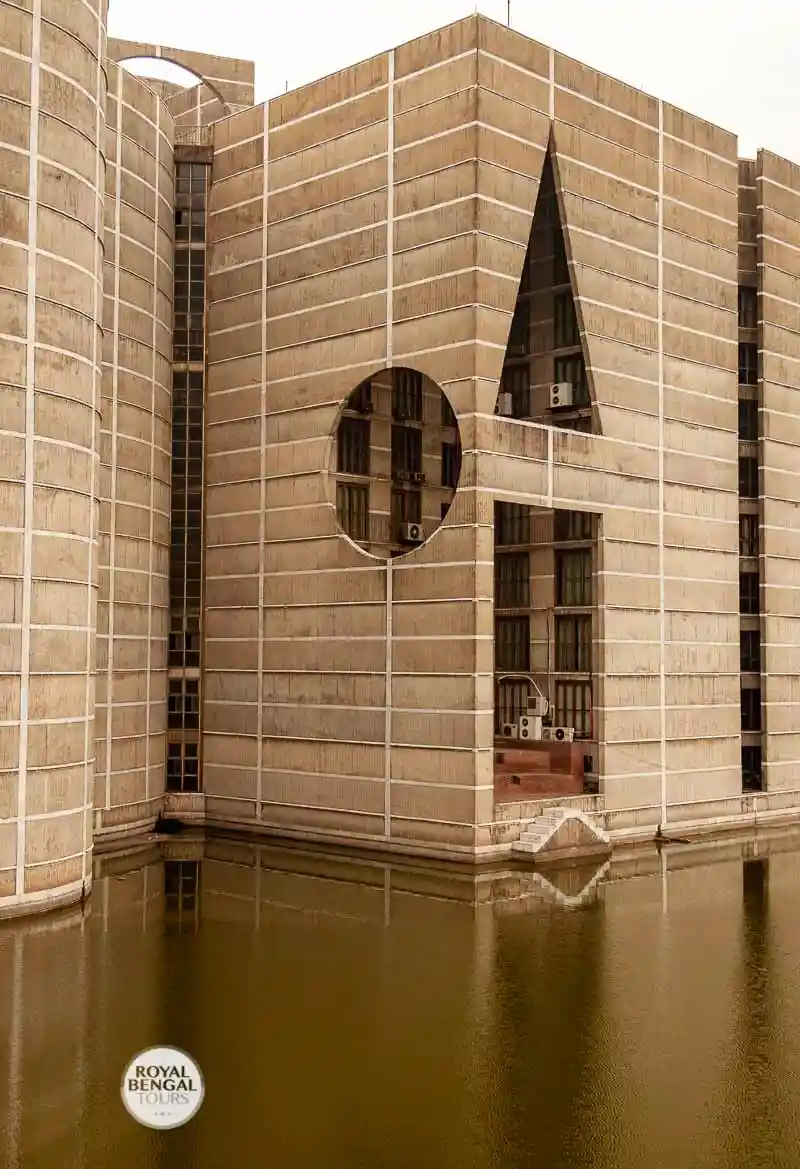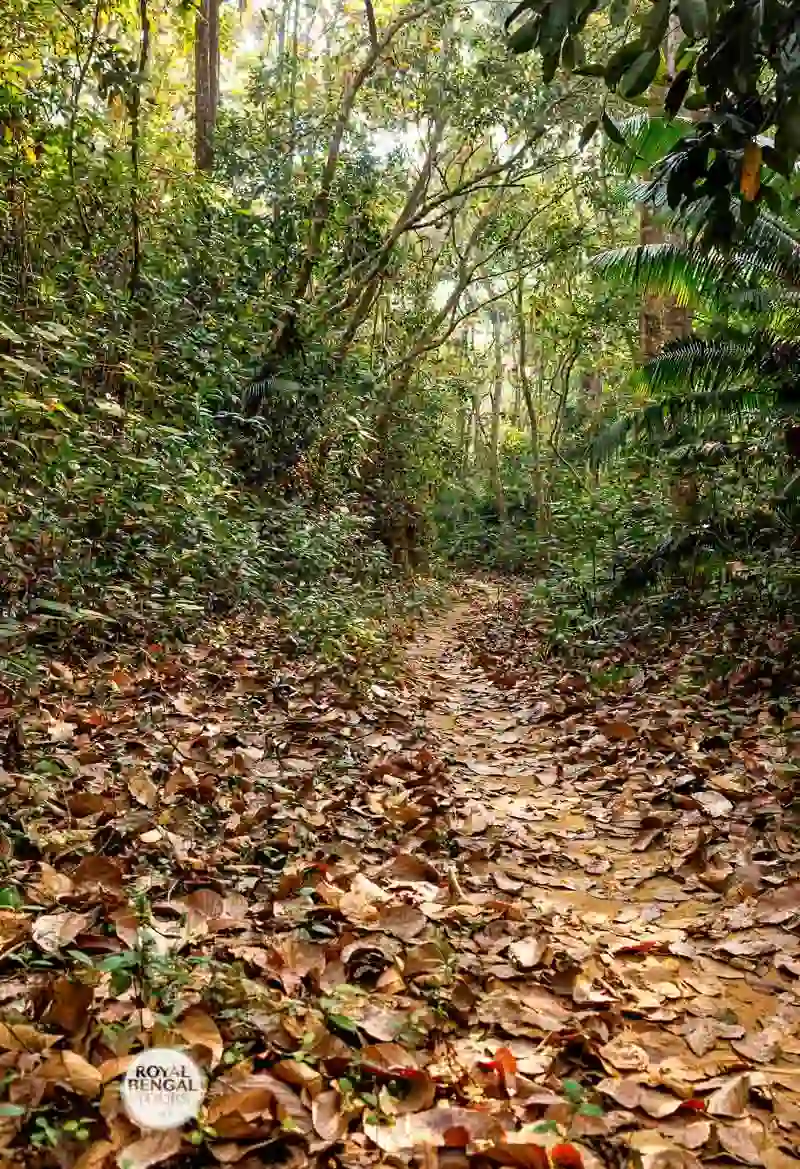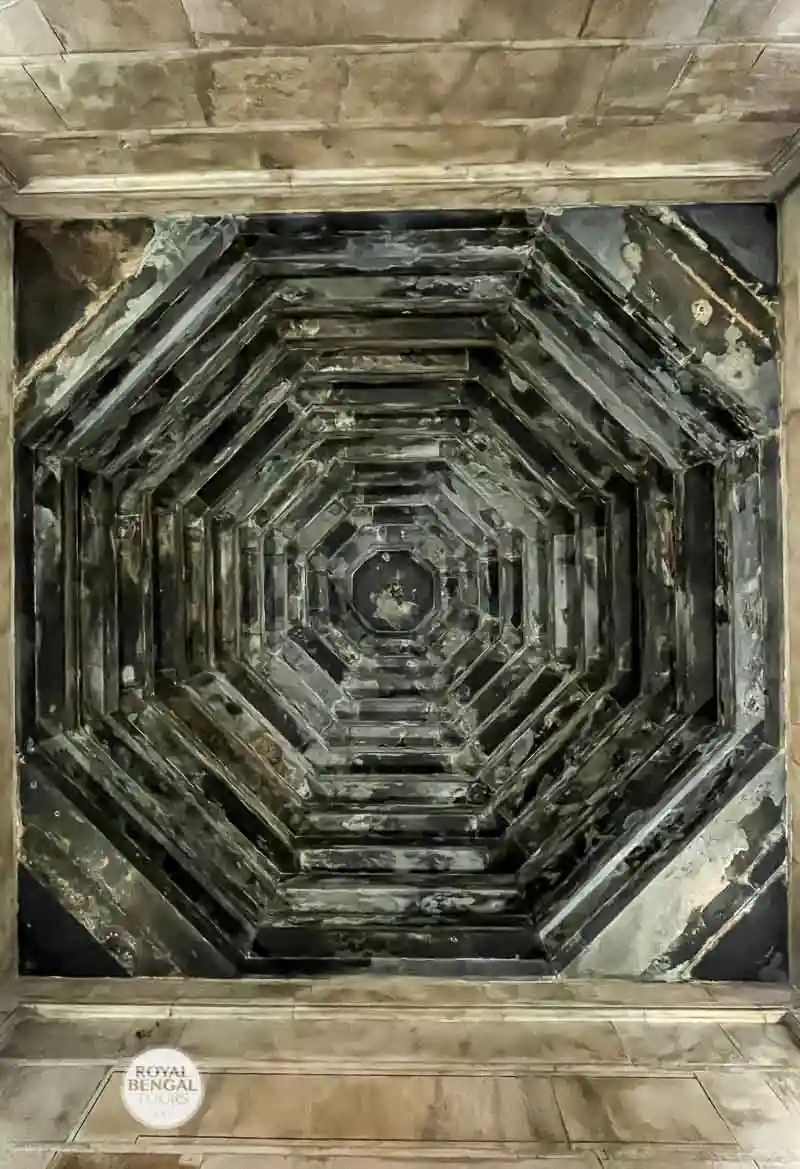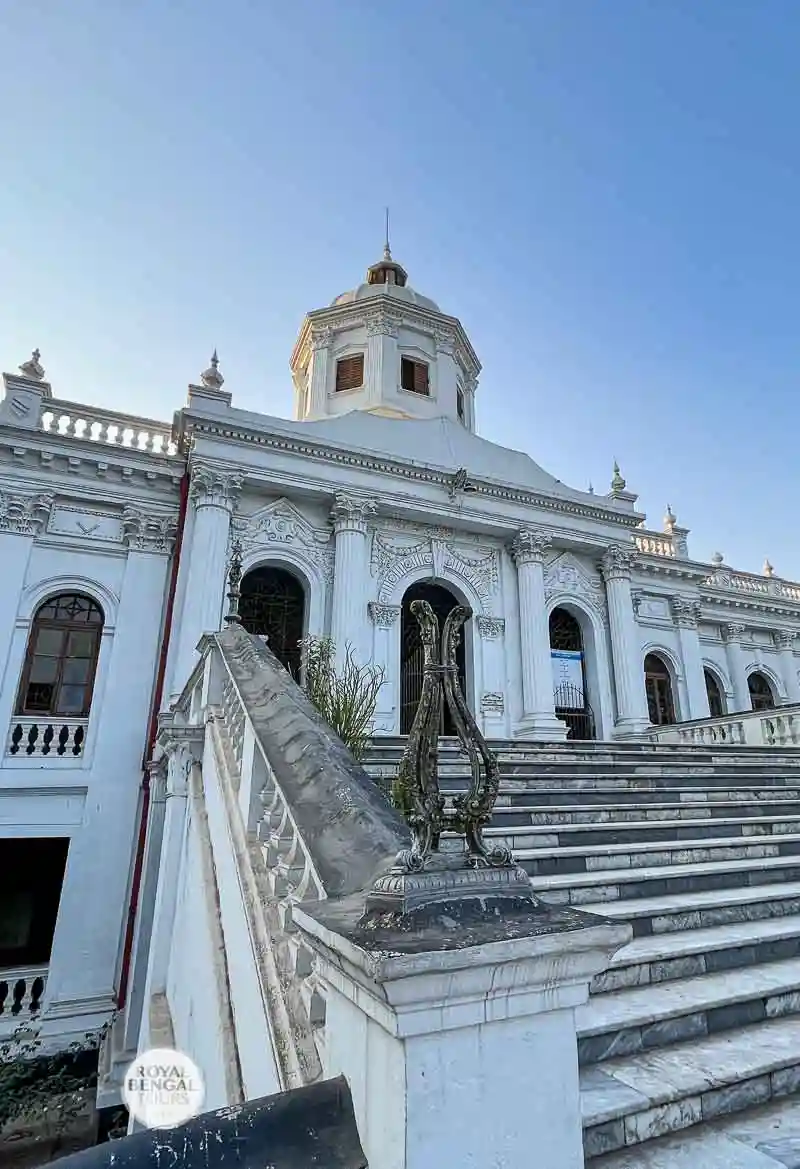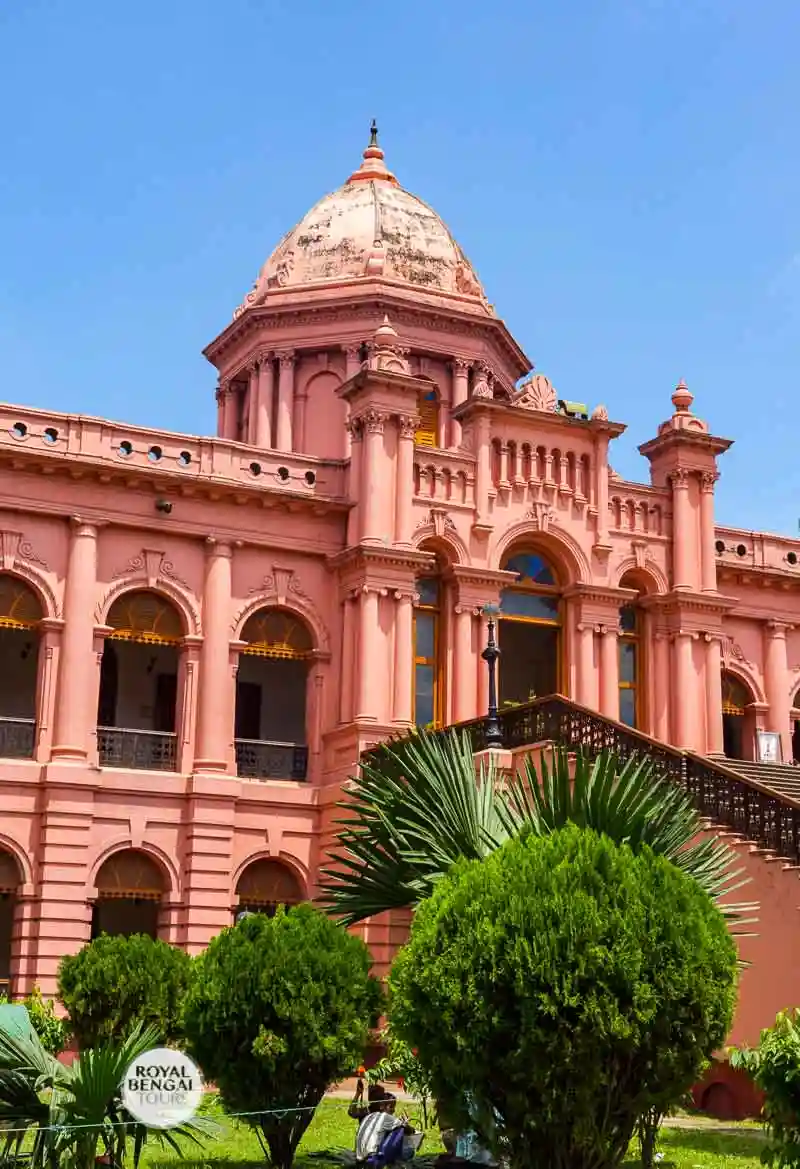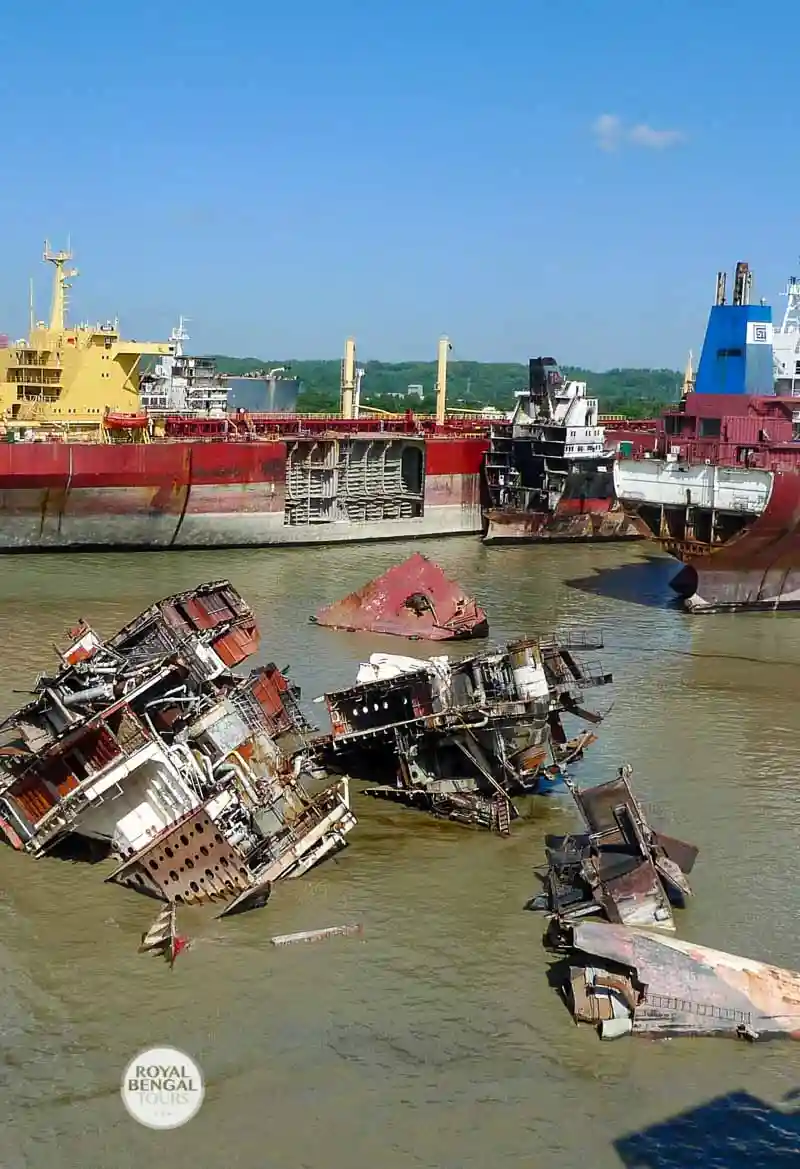Parliament Building of Bangladesh
Parliament Building of Bangladesh is one of the architectural masterpieces. Louis Kahn is widely regarded as one of the 20th century's most influential architects.
Satchari National Park
Satchari National Park is a haven for nature lovers who want to experience tropical rainforests, wildlife, birdwatching, wildlife photography, and adventures, as it hosts a variety of flora, fauna, and vibrant local communities.
Rema-Kalenga Wildlife Sanctuary
Rema-Kalenga Wildlife Sanctuary is a protected area in Bangladesh's northeastern region. The 6-thousand-hectare sanctuary is home to a comprehensive variety of flora and fauna, including numerous species of mammals, birds, amphibians, and reptiles. A trip to Rema Kalenga forests is the first choice for nature lovers, birdwatchers, and an adventurous travel community.
Ratargul Swamp Forest
The Ratargul Swamp Forest, located in the northeast corner of Bangladesh, is a unique and pristine wetland forest that holds the distinction of being the only sweet water swamp forest in the country. Ratargul Swamp Forest is submerged under water for a significant portion of the year, unlike most of the world's forests, which are located on dry land.
Lalakhal Wilderness
Lalakhal is one of the most beautiful tourist spots in northwestern Bangladesh. Lalakhal is a picturesque destination gaining popularity among tourists and locals alike. This place is located 35 km north of Sylhet's Jaflong-Tamabil road, near the Indian border, in the embrace of the Jaintia hills. The main attraction of Lalakhal is its unique natural beauty. Here you can see mountains, waterfalls, forests, rivers, haors, tea gardens, orchids, etc.
Lawachara National Park
Lawachara National Park is the largest rainforest in the country. Bangladesh is blessed with natural beauty and diversity. From the world's largest mangrove forest to the world's longest sea beach, Bangladesh has something for everyone. But one of the most underrated and overlooked attractions in Bangladesh is Lawachara National Park, a major national park and nature reserve in the northeastern region of the country.
Museums of Bangladesh
Museums of Bangladesh are storehouses of history, culture, nature and arts, and they are everywhere in the country. Bangladesh has a long and varied history
Tajhat Palace of Rangpur
Tajhat Palace of Rangpur is a stunning testament to the architectural legacy of Bengal. Built-in the early 20th century by Maharaja Gopal Lal Roy
Pink Palace or Ahsan Manzil
Pink Palace or Ahsan Manzil is a historical landmark and old Dhaka's famous tourist spot. This magnificent palace has been witnessing many historical events
Chittagong Shipbreaking Yards
The Chittagong shipbreaking yards or ship recycling industry in Bangladesh decomposes end-of-life ships into metal and other engineered products for the local market, recycling every part of the hull and machinery. In the 1960s, shipbreaking activity began in Chittagong when a ship was abandoned on the beach after a heavy cyclone. The ship was stuck on the sandy beach, and it would have been too expensive to pull it out. It stayed there for years until locals found it and


